Lorem ipsum dolor sit amet, consectetur adipiscing elit, sed do eiusmod tempor incididunt ut labore et dolore magna aliqua.
Restoring Cumbria’s Lost Rainforests
Did you know that the UK was once home to vast temperate rainforests? These ancient woodlands, rich with moss-covered trees and rare wildlife, once covered 20% of the country. Today, only 1% remains, scattered in small, fragile fragments.
In Cumbria, one of the largest remaining rainforest sites is Naddle Forest at the RSPB at Wild Haweswater. Now, Cumbria Connect has secured vital funding through the Government’s Species Survival Fund to help expand and protect the forest at Wild Haweswater as part of a major partnership effort.
A county-wide mission to restore and expand the UK's rainforest
This work at the RSPB at Wild Haweswater is part of a much larger movement to bring temperate rainforests back to life across Cumbria and the Southwest. Through the £2.6 million #SpeciesSurvivalFund Rainforest Restoration Project, Cumbria Connect is working alongside partners led by the Woodland Trust and Plantlife, Cumbria Woodlands, Cumbria Wildlife Trust and Rusland Horizons. Together, we are restoring 580 hectares of rainforest habitat, ensuring these landscapes can thrive for generations to come.
“Temperate rainforests are magical places, full of extraordinary life. They play a critical role in storing carbon and slowing water runoff from upland fells, helping provide clean water and reducing downstream flooding.
“These rainforest habitats are also home to incredible biodiversity, from Red Squirrels to Pied Flycatchers, and rare mosses, lichens and fungi with interesting names like Tree Lungwort Lichen and Hazel Gloves Fungus.
“But despite their ecological importance, these ecosystems are hanging by a thread. With only 1% of the UK’s temperate rainforest remaining, we must act now to protect them.”
Bill Kenmir, Conservation Manager at Cumbria Connect
Tree planting at Wild Haweswater
At the heart of this effort is the planting of 9,000 native trees to expand Naddle Forest. These trees, including Sessile Oak, Rowan and Juniper, will come from the Wild Haweswater Plant Nursery, which has recently doubled in size. Now producing 30,000 native plants a year, the nursery is a key part of the county-wide restoration effort, ensuring locally-grown trees are available to support rainforest recovery.
This tree-planting complements work already underway through the RSPB’s Countryside Stewardship Scheme, which began in autumn 2024 and is set to establish an additional 16,500 trees at Wild Haweswater.
Protecting woodlands with science & innovation
Planting trees is just one piece of the puzzle. A major challenge to rainforest restoration is over-browsing by deer, which can prevent young trees from growing and limit natural regeneration. To help tackle this, Cumbria Connect is using thermal imaging drones to map deer populations across the Lowther Valley. These surveys will provide valuable insights into how deer move through the landscape, helping landowners develop sustainable woodland management plans.
At the same time, Cumbria Connect’s scientists are tracking tree regeneration across six large monitoring areas, covering land the size of ten football fields. By studying how young trees establish in different conditions, they are gathering essential data to shape future rainforest restoration across Cumbria.
Why Temperate Rainforests Matter
These woodlands are biodiversity hotspots and may even hold the potential for medical discoveries. They are home to species like Red Squirrels, Pied Flycatchers and rare lichens such as Tree Lungwort and Hazel Gloves Fungus.
By restoring and expanding Cumbria’s temperate rainforests, we are bringing back an ecosystem that benefits both nature and local communities.
“These places are breathtaking. They’re wild, full of life and vital to our planet – but they need our help. By restoring our temperate rainforests and bringing natural processes back we give nature a fighting chance. This supports wildlife like Red Squirrels in the trees, salmon in the streams, or rare lichens clinging to the rocks. It also improves our drinking water, reduces flood risk and locks away carbon, making these forests as crucial for people as they are for wildlife.
“These rare ecosystems are biodiversity hotspots and may even hold the potential for medical discoveries, but with only fragments left, urgent action is needed to restore and protect these wet and wonderful places for future generations.”
Bill Kenmir

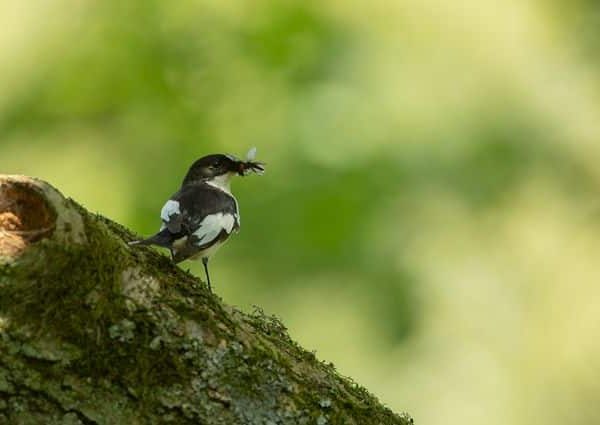
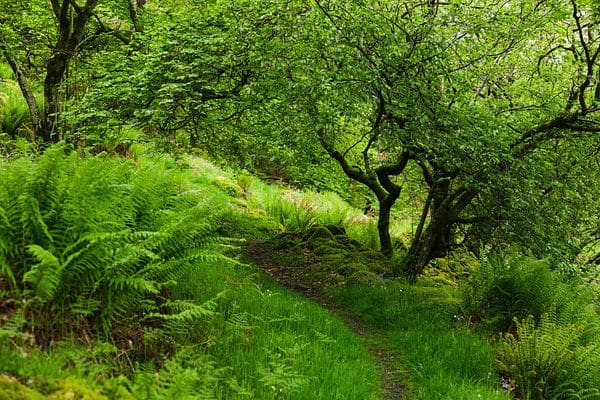
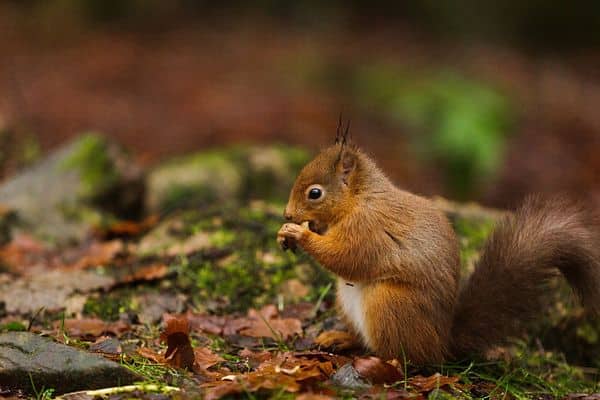
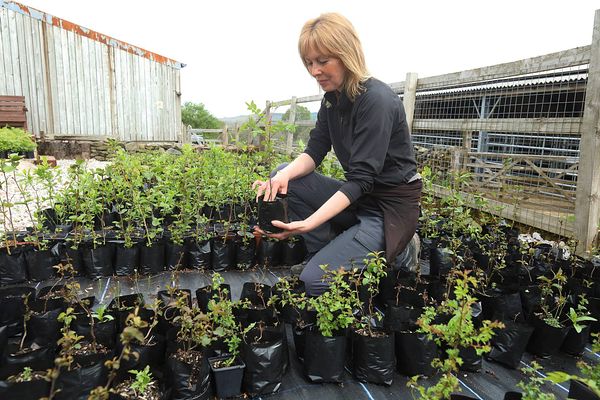

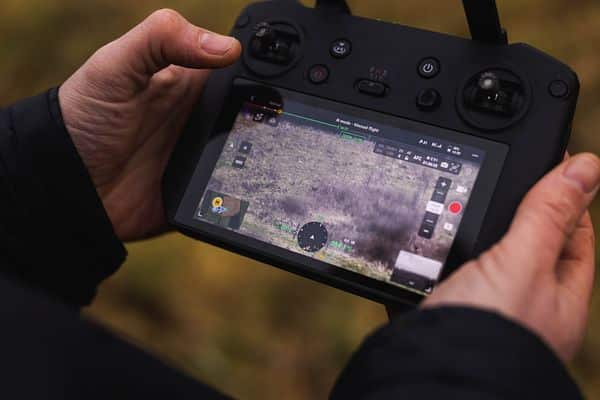
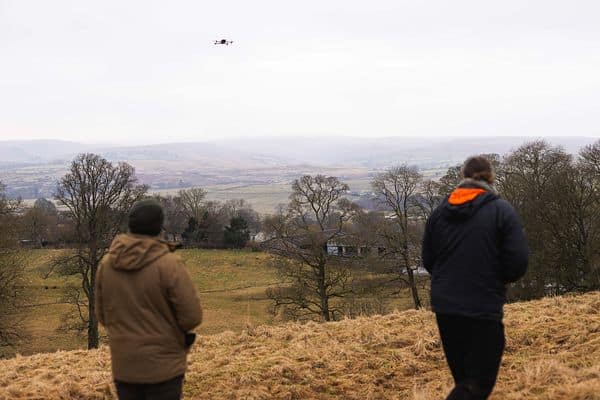
Let’s be social @connectfornature